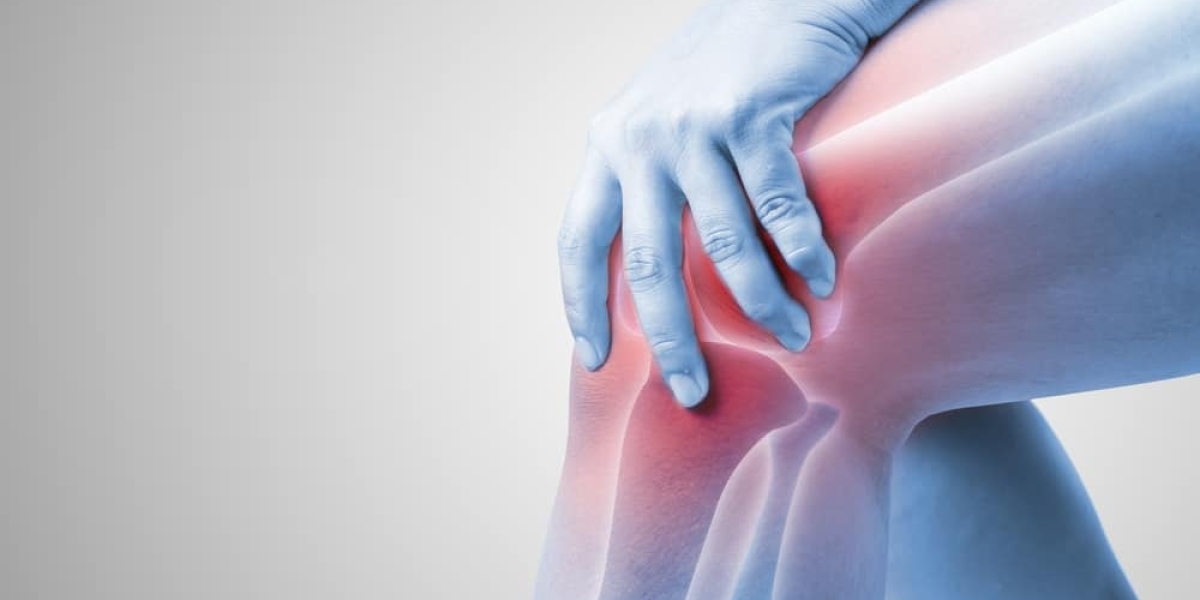As injuries and age-related conditions affecting the bones and joints become more prevalent, patients and doctors are looking for innovative new ways to treat these orthopedic issues. Traditional surgical procedures and tissue grafts have helped many people over the years, but they also have limitations. Biological Orthopedics represents an exciting new category of minimally-invasive treatments that harness the body's own repair mechanisms to enhance healing.
What are Biological Orthopedics?
Orthobiologics refers to biological therapies and tissue engineering solutions used in orthopedics to support natural healing of injured or damaged bones, cartilage and tendons. They work by mobilizing the body's innate reparative cells and growth factors at the site of injury. Common Biological Orthopedics includes bone morphogenetic proteins, platelet rich plasma, stem cells and tissue-engineered grafts. Rather than traditional implants or grafts derived from cadavers, these therapies stimulate new tissue regeneration from within using the body's own resources.
Platelet Rich Plasma Therapy
One of the most popular Biological Orthopedics is platelet rich plasma (PRP) injections. PRP involves extracting a small amount of the patient's own blood and processing it to concentrate the platelets, which are rich in growth factors. When injected back into problem areas like arthritic joints, damaged ligaments or non-healing fractures, the growth factors in PRP help recruit stem cells and other healing cells to initiate repair and regeneration of damaged tissues. Compared to corticosteroid injections, PRP causes less joint damage and longer lasting pain relief for conditions like tennis elbow and knee osteoarthritis.
Stem Cell Therapy Shows Promise
Stem cell therapy is another area of great interest within Biological Orthopedics. Stem cells have the unique ability to develop into many different cell types in the body. For orthopedic applications, mesenchymal stem cells extracted from bone marrow, fat tissue or other sources can be injected or implanted where they differentiate into bone, cartilage or other connective tissues needed for healing. This helps augment the body's native healing process. Clinical trials of stem cells have shown encouraging results for treating cartilage and bone defects from acute sports injuries or osteoarthritis. As the technology advances, stem cells hold tremendous potential to regenerate tissues and even whole joints.
Tissue Engineering Developments
Tissue engineering aims to regenerate biological substitutes to restore, maintain and improve tissue function. Researchers are developing new scaffolds embedded with cells, growth factors and other biochemical cues to guide the regeneration of tissues like cartilage, bone and tendons. Some tissue engineered grafts on the market include cartilage implants, bone void fillers and skin substitutes. The field is rapidly progressing, with innovations like 3D bioprinting of cell-laden structures that could one day make patient-specific joint replacements or other complex organ reconstructions a reality. As tissue engineering solutions become more sophisticated, they will transform care for injuries and conditions not adequately addressed by other options.
Moving Towards a Regenerative Approach
While joint replacements and reconstructive surgeries will continue playing an important role, Biological Orthopedics provides a minimally-invasive regenerative approach that better preserves patient quality of life. They help avoid long recovery times from major surgeries and the limitations of prosthetics. As the mechanisms of injury response and tissue formation are further decoded, Biological Orthopedics will continue to grow more effective at stimulating natural healing. Combining cell-based therapies, growth factors, scaffolds and gene therapies holds enormous potential to regenerate almost any tissue in the body. The future of orthopedic care is shifting towards empowering the patient's own biology to heal through innovative regenerative strategies.
In Summary, orthobiologics represents a promising field within orthopedic medicine, focusing on harnessing the body's natural healing processes to promote tissue repair and regeneration. These biological substances, derived from sources such as bone marrow, adipose tissue, or blood, contain growth factors, cytokines, and other bioactive molecules that stimulate healing and tissue formation.









